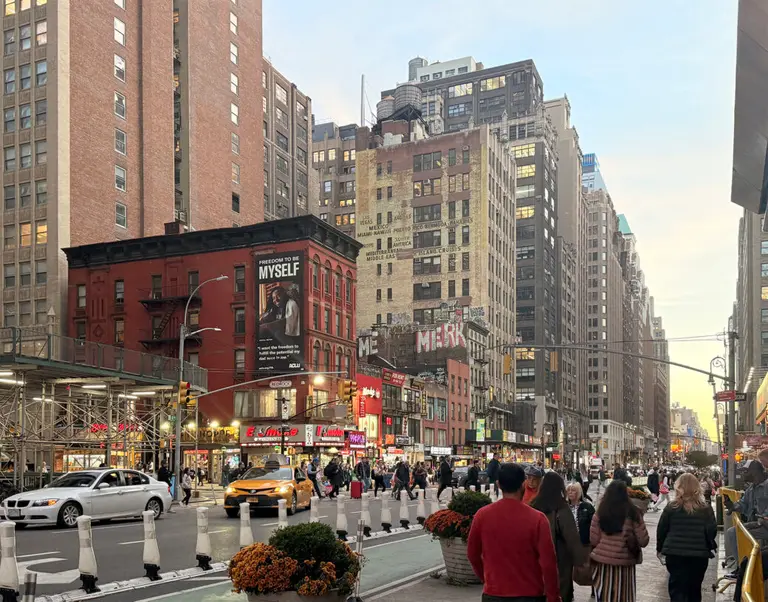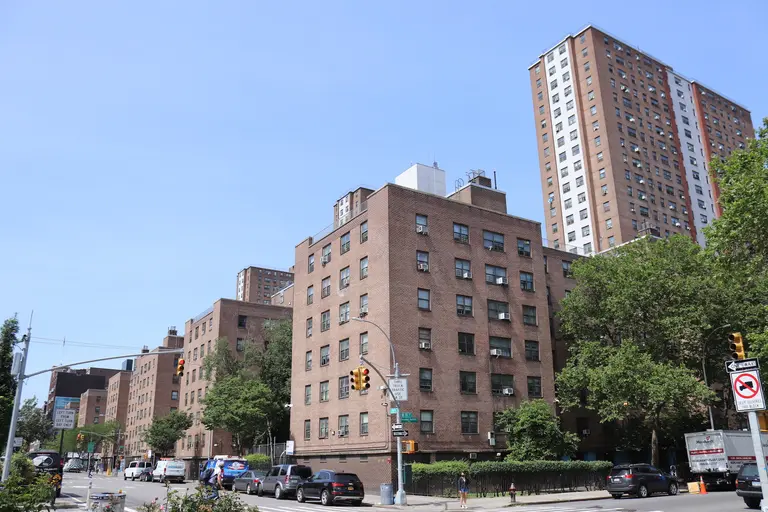Over 100,000 Unofficial ‘Ghost Tenants’ May Be Living in NYC Public Housing

Photo via Wiki Commons
Although 400,000 is the official head count of residents in New York City’s public housing units, estimates say that figure may be much higher, and that 100,000 to 200,000 more people live there off the books, Slate reports. In a way it’s hardly news: People live with relatives, friends and roommates while they aren’t the primary leaseholders–almost standard fare in a regular rental apartment (though market rate tenants may run afoul of the lease if anyone wanted to make a case). The city’s public housing units are over 50 years old and in dire need of updates and repairs, but because the city is becoming ever more unaffordable for anyone on a meager income, the real tally of people who live in these buildings could be as much as 50 percent higher than the official number.

Via Wiki Commons
The article gives an example in which 33-year-old Gigi works at a non-profit and makes $40,000 a year and is living in a unit in the Amsterdam Houses on the Upper West Side. Her small apartment is also home to her parents and sister, who sleeps in the living room. The upsides are the convenient location and the fact that the rent is less than $1,000 a month. She works on the Lower East Side, which the safe UWS neighborhood and the less-than-impossible commute make possible. While “the projects” may have a stigma as high-crime zones (in many cases with reason), the one silver lining for some residents is that many of New York City’s older public housing complexes are in what have become higher-income areas of the city. Where many other American cities have demolished their public housing in similar areas, they’re still an option here.
The numbers explain what we already know: According to a 2014 Furman Center report, New York City median rent increased by 12 percent between 2005 and 2013, a number that includes rent-stabilized and subsidized apartments. The 2013 median rent was $2,900. The median income of renter households, however, only increased by 2.3 percent during that time. And a 2014 Community Service Society report shows that the number of affordable units declined by 39 percent.
How many “ghost tenants” are there in NYCHA housing? Guesses put the number at 200,000. An “official estimate” by the Housing Authority (calculated by the amount of garbage generated, apparently) says 100,000, but denies the accuracy of the higher figure: “We acknowledge that there are likely more people residing in our developments than accounted for by our official tally. But we cannot interrogate everyone who comes in and out, as we do not want to create that type of environment.” Living off-lease comes with the risk of eviction, or–more likely–a rent hike.
A tenant organizer who worked with the city’s Department of Housing Preservation and Development notes that many unofficial tenants she encountered in public housing had jobs, but they were often part-time or in lower-paying service-sector positions. Some were dealing with bad credit histories, which stacked the deck against them in the city’s high-stakes open market (as did drug convictions or a criminal record of any kind). Others were understandably so attached to their neighborhood they were willing to become illegal tenants to stay there.
Even with a steady income, it’s often impossible to leave the situation. The city’s affordable housing lotteries for new apartment towers seem to come with impossible odds. According to a recent DNAinfo article, the 60 most recent lotteries received 2.9 million applications for 3,400 units of housing.
The article does note the very-relevant fact that “In earlier decades, public housing was reserved for stable working-class families; at times, households that received welfare or only had one parent were barred from entry.” Which, on the one hand, sounds terrible, but on the other hand means that working folks like Gigi may have had more choices.
[Via Slate]
RELATED:




























